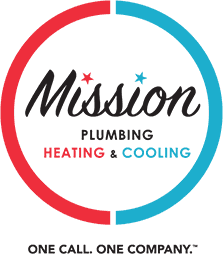When it comes to heating water for your home, you have two options: tankless water heaters or traditional tank-style water heaters. Both types have pros and cons, depending on your needs and budget.
But what are the differences between the two? And how does a tankless water heater work? Let’s break down the details so that you can make an informed decision when it comes time to choose the best option for your home.
Tankless Water Heaters Vs. Tank: What You Need to Know
Tankless water heaters are more efficient and provide an endless supply of hot water on demand. They don’t store any hot water—instead, they use a burner or electric heating element to instantly warm cold incoming water as it passes through a series of pipes in the unit. This means that you only pay for heated water when you need it, saving you money.
On the other hand, tank-style water heaters are large tanks that typically hold anywhere from 20 to 80 gallons of hot water at once. The tank stores the hot water in reserve, while a burner or electric heating element keeps the temperature steady. This allows homeowners to access hot water immediately with little delay, but it can be expensive over time due to its large storage capacity and constant need for re-heating.
Pros & Cons of Tankless Water Heaters
The first major pro of opting for a tankless system is that they’re incredibly energy efficient—up to 30% more so than traditional tanks. They also take up less space in your home since they don’t require a large storage tank to take up valuable real estate.
The main con associated with going tankless is often cost—they tend to be more expensive upfront than their traditional counterparts. Still, they will ultimately save you money over time due to their high energy efficiency ratings.
How Does a Tankless Water Heater Work?
A typical tankless system consists of three main parts:
- An electric control panel with digital displays
- Gas or electric heating elements/burner units
- Copper tubing that carries cold and hot water throughout your home—all connected by either an indoor or outdoor unit depending on your setup.
To start producing hot water, cold water enters through one side of the unit where it passes over heated coils or burners using either gas or electricity as fuel sources (whichever type you have) before exiting out the other end as hot water ready for use in showers, sinks, etc.
It should also be noted that some systems can heat and cool the incoming cold water, depending on which type you choose.
Installing a Tankless Water Heater
If you decide that installing a tankless heater is right for your home, then there are some things that should be taken into consideration before starting the installation process.
First, make sure that your house has enough power support for this type of system; if not, then additional wiring may be required before installation can begin.
Next, consider any local building codes which may restrict where or how these units must be installed (such as being away from combustible materials).
Finally, if possible, hire professionals with experience installing this type of unit—it can help ensure that everything is wired correctly and installed safely.
Looking To Add a Tankless Water Heater to Your Kansas Home?
Tankless water heaters offer many advantages over traditional models, such as increased energy efficiency and fewer chances for sediment buildup. But they also have some downsides, such as higher initial costs due to specialized installation requirements.
Understanding how these units work is key when deciding which type of heater works best for you and your family's needs. With this knowledge under your belt, you'll be able to make an informed decision about which type of heater works best for you.
For more information, contact our team at (913) 347-5425 or request service online.



